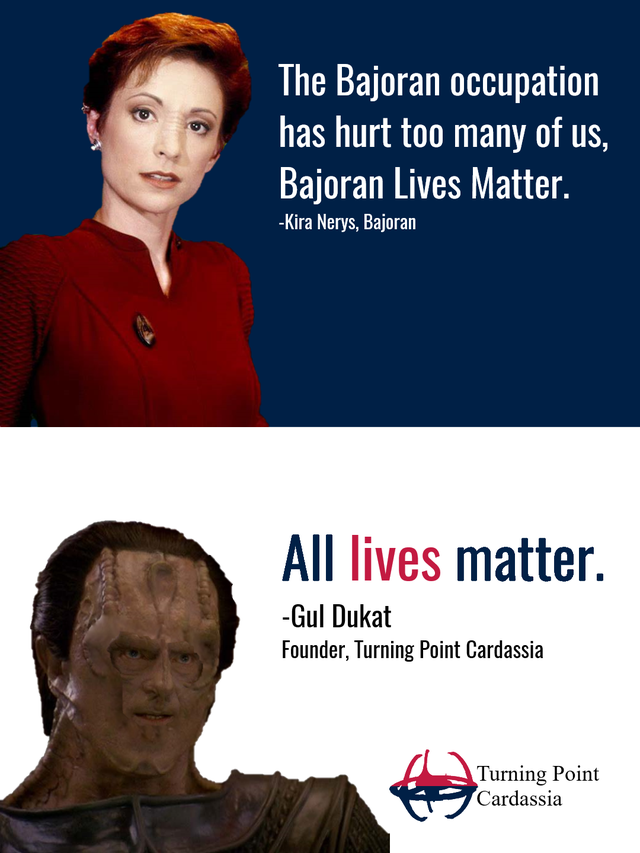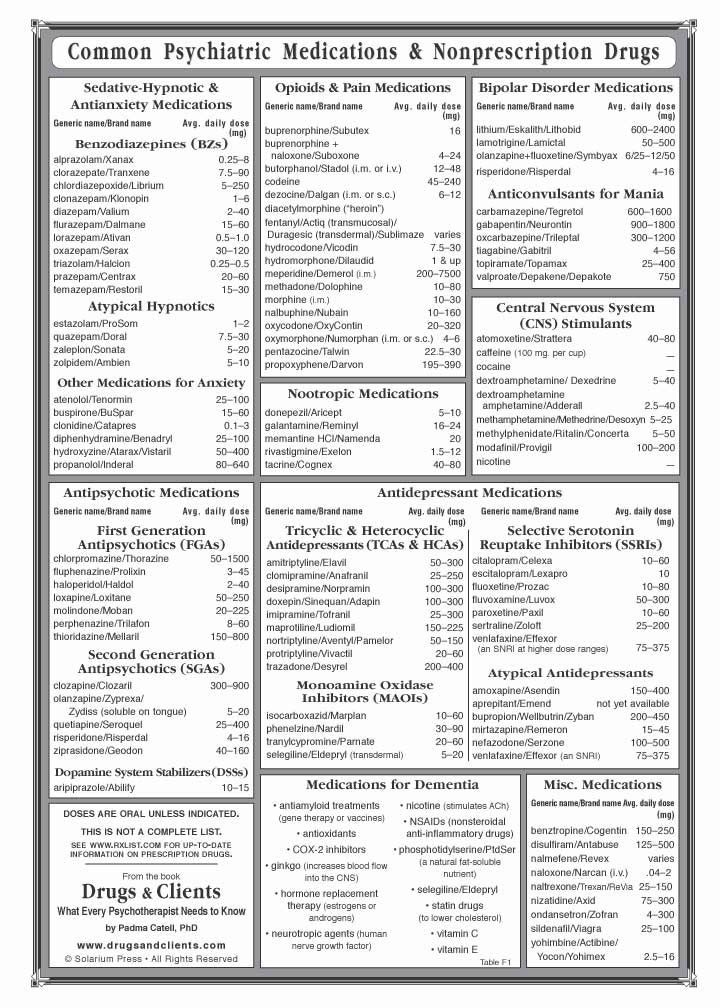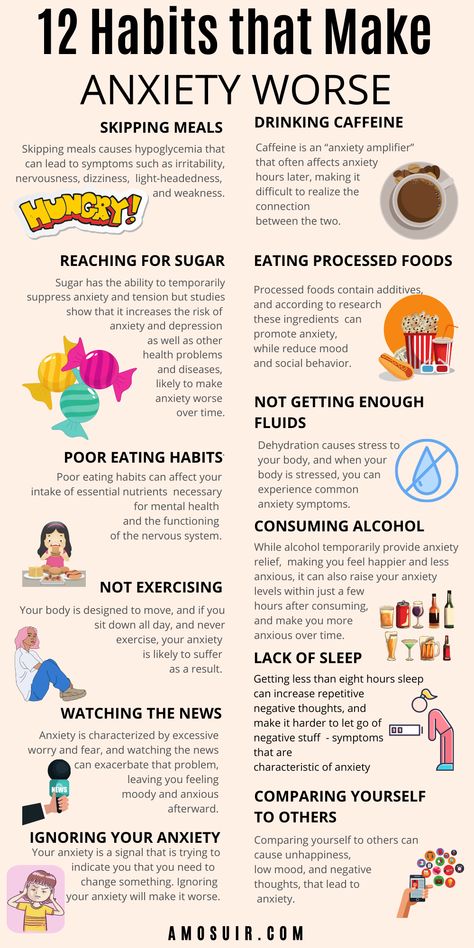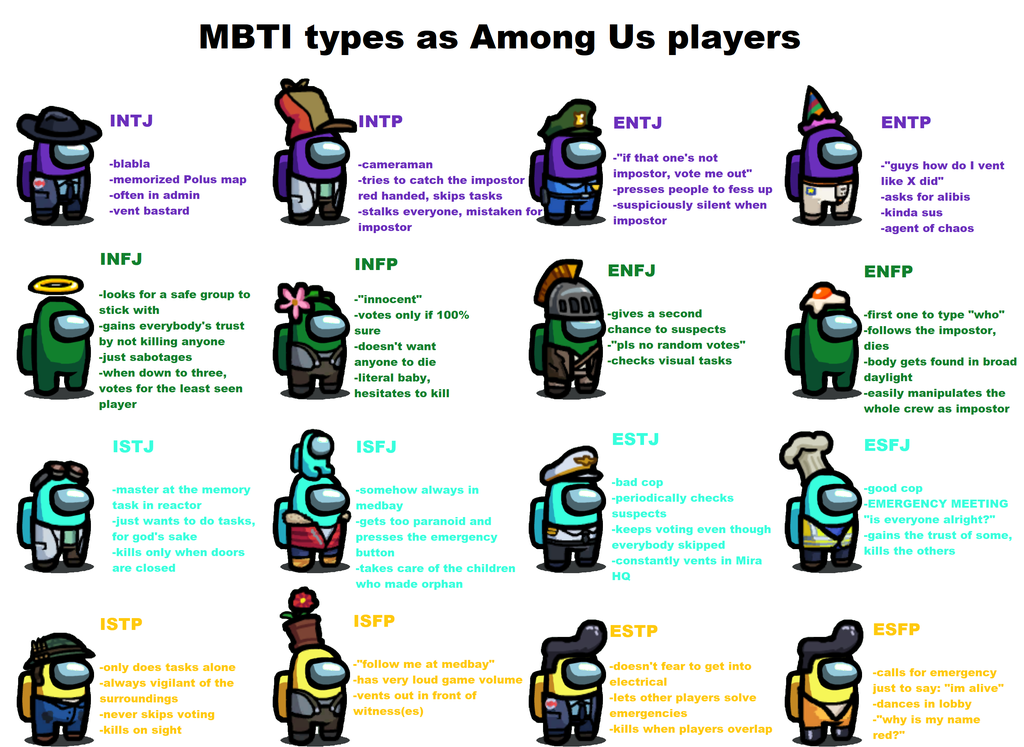Had to hurt
Dealing With Sports Injuries (for Teens)
Think Prevention First!
The best way to deal with sports injuries is to keep them from happening in the first place. Think of avoiding injury as just another part of the sports rulebook. Knowing the rules of the game you're playing and using the right equipment can go a long way toward preventing injuries.
What Are Some Types of Sports Injuries?
Common reasons why young athletes get injured playing sports include:
- not training or playing properly
- training too much
- not wearing the right footwear
- not wearing the right safety equipment
- rapid growth during puberty
There are two kinds of sports injuries:
- Acute traumatic injuries are things like fractures, sprains and strains, concussions, and cuts. They usually happen after a blow or force — like getting tackled in football or wiping out while skateboarding.
- Overuse injuries include things like stress fractures and tendonitis.
These injuries are also called chronic injuries because they happen over time, usually from repetitive training, like running, overhand throwing, or serving a ball in tennis. Overuse injuries might not seem serious at first. But ff they're not treated, they usually get worse.
What To Do
If you think you've been injured, pull yourself out of the game or practice, or stop doing your activity or workout. Let a coach or parent know what happened in case you need to see a doctor.
Call a doctor when:
- pain is very bad
- the injured area is swollen
- you're limping
- you can’t move the injured area
- pain is not getting better with rest, gets worse, or lasts for a week or more
- you black out or you think the injury is serious
Where Injuries Happen
You can get a sports injury anywhere on your body. Here are some key points to know about common sports injuries.
Head and Neck Injuries
Serious head and neck injuries happen most often in athletes who play contact sports (like football or rugby) or sports with the potential for falling accidents, such as horseback riding and gymnastics.
Head injuries include fractures, concussions, contusions (bruises), and hematomas. A hematoma is bleeding or pooling of blood in or around the brain caused by an impact to the head from a fall, forceful shaking of the head, or a blow to the head.
Neck injuries include strains, sprains, fractures, burners, and whiplash, which is an injury to the neck caused by an abrupt jerking motion of the head. Neck injuries are among the most dangerous sports injuries.
Never try to move someone who may have a neck injury. A mishandled neck fracture could lead to permanent paralysis or even death. Keep the injured person still with his or her head held straight while someone calls for emergency medical help. If the person is lying on the ground, do not try to move him or her.
Back Injuries
Most back injuries are caused by twists or overexertion of back muscles during bending or lifting movements. Back injuries are most common in contact sports like football and ice hockey, or in weightlifting, rowing, golf, figure skating, gymnastics, and dancing.
Sex Organ Injuries
Injuries to the sex organs usually affect guys more than girls because the penis and testicles are outside the body and are more exposed. Injuries to the uterus or ovaries are rare, but breast injuries are a common complaint among teen girls. As the breasts develop, they often can be sore, and a blow from a softball or a collision during field hockey can be painful.
Hand and Wrist Injuries
Hand, finger, and wrist injuries can happen after things like a fall that forces the hand or fingers backward, or a direct blow. As with other injuries, hand and wrist injuries are most common in contact sports, such as football, lacrosse, and hockey, or in sports like gymnastics, field hockey, rowing, and basketball where the fingers, hands, and wrists are at risk.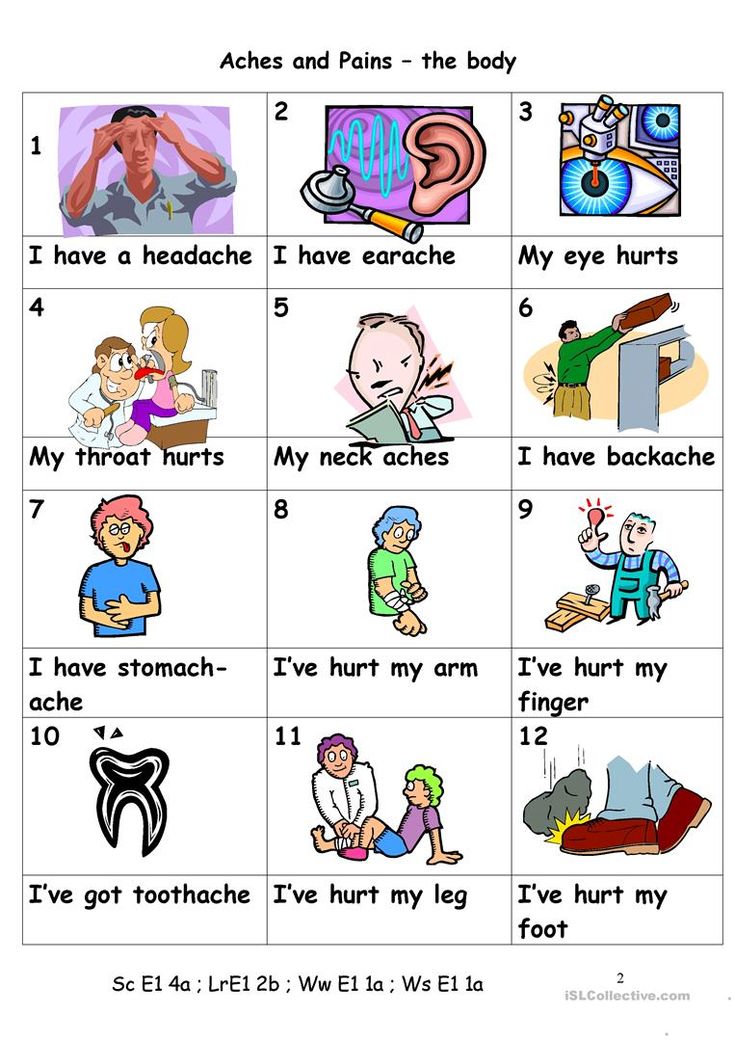
Foot and Ankle Injuries
Feet and ankles are particularly vulnerable to injury in sports that involve a lot of running. Another reason for foot injuries is wearing the wrong shoes, especially if someone has flat feet, high arches, or other foot differences.
Getting Back in the Game
Your first question after a sports injury will probably be, "When can I play again?" This depends on the injury and what your doctor tells you. Even if you can't return to your sport right away, a doctor or physical therapist might have suggestions and advice on what you can do to stay fit. Always check with your doctor before trying any activity following an injury.
Rehab
A rehabilitation program also can help you stay fit as you recover. If rehabilitation ("rehab" for short) is part of your treatment program, it might include physical therapy, manual therapy, and ultrasound or other technology to help relieve pain and promote healing.
Preventing Reinjury
When you've recovered, you might need new protective gear to protect an injured body part. This can include modified shoes, tape, or a sports brace to provide extra support, or more padding to protect against a direct blow.
This can include modified shoes, tape, or a sports brace to provide extra support, or more padding to protect against a direct blow.
To help prevent reinjury, be sure to warm up before practice and games. Take it slow when you first get back to your sport and slowly build back up to your preinjury level.
Most important, know your limits. Check in with your body: If a previously injured area (or any body part) begins to hurt, stop right away and rest. Get help from a doctor if the pain continues. Pain is your body's way of saying something isn’t right.
Teen Drivers and Passengers: Get the Facts | Transportation Safety | Injury Center
Seat Belts Save Lives
At least half of teen drivers and passengers ages 16–19 years who were killed in passenger vehicle crashes in 2020 were not wearing a seat belt at the time of the crash.2 Research indicates that seat belts reduce serious crash-related injuries and deaths by about half.35
Primary Enforcement of Seat Belt Laws
States vary in their enforcement of seat belt laws.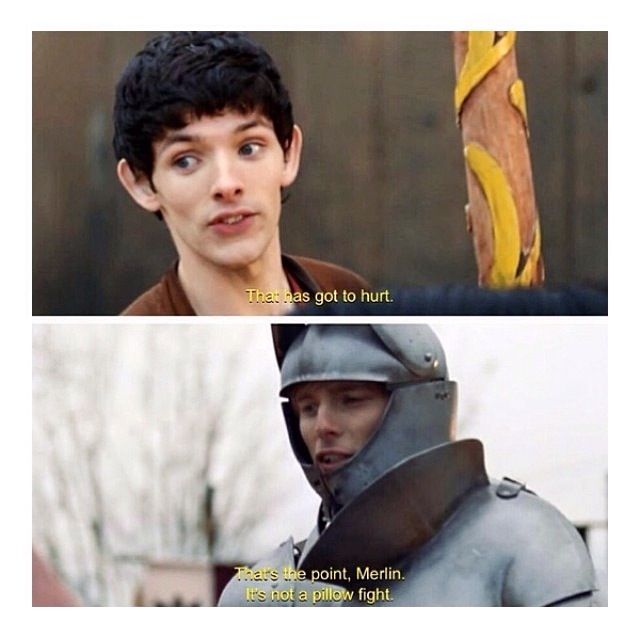 A primary enforcement seat belt law allows police officers to ticket drivers or passengers for not wearing a seat belt, even if this is the only violation that has occurred. A secondary enforcement seat belt law allows police officers to ticket drivers or passengers for not wearing a seat belt only if they have pulled over the driver for another reason. Some states have secondary enforcement seat belt laws for adults but have primary enforcement seat belt laws for young drivers.
A primary enforcement seat belt law allows police officers to ticket drivers or passengers for not wearing a seat belt, even if this is the only violation that has occurred. A secondary enforcement seat belt law allows police officers to ticket drivers or passengers for not wearing a seat belt only if they have pulled over the driver for another reason. Some states have secondary enforcement seat belt laws for adults but have primary enforcement seat belt laws for young drivers.
Seat belt use among all age groups is consistently higher in states with primary enforcement seat belt laws than in states with secondary enforcement seat belt laws.36–38 Visit the seat belt and child seat laws by state webpage on the Insurance Institute for Highway Safety’s website for up-to-date information on seat belt laws by state, including the type of enforcement, who is covered, and which seating positions are covered.39 CDC also has state-specific fact sheets that provide a snapshot of motor vehicle occupant deaths and seat belt use, as well as an overview of proven strategies for increasing the use of seat belts, car seats, and booster seats.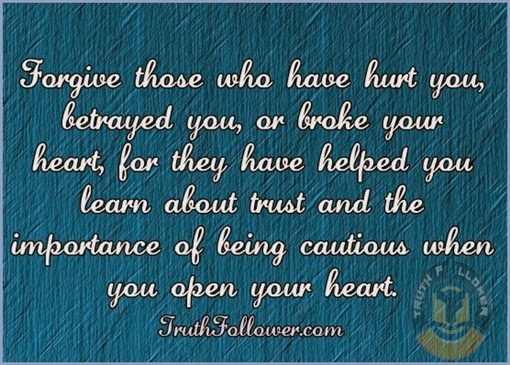 You can also use CDC’s Motor Vehicle Prioritizing Interventions and Cost Calculator for States (MV PICCS) to learn about how many lives could be saved, injuries prevented, and costs averted if your state were to implement a primary enforcement seat belt law.40
You can also use CDC’s Motor Vehicle Prioritizing Interventions and Cost Calculator for States (MV PICCS) to learn about how many lives could be saved, injuries prevented, and costs averted if your state were to implement a primary enforcement seat belt law.40
Not Drinking and Driving Prevents Crashes
Maintaining and enforcing minimum legal drinking age (MLDA) laws and zero tolerance laws for drivers under age 21 is recommended to help prevent drinking and driving among young drivers.41–43
Graduated Driver Licensing (GDL) Systems Reduce Crash Injuries and Deaths
Driving is a complex skill and must be practiced to do it well. Teenagers have a higher risk for crashes because they lack driving experience and because they often engage in risk-taking behaviors. The need for skill-building and driving supervision for new drivers is the basis for graduated driver licensing (GDL) systems.
GDL systems enable new drivers to progressively gain driving experience and driving skills under lower risk conditions.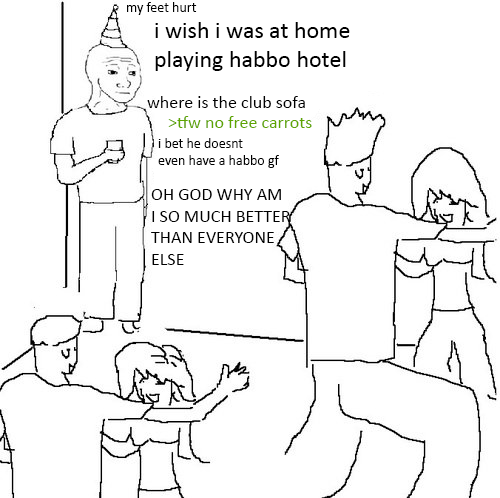 The three stages of GDL include the following:
The three stages of GDL include the following:
- Stage 1: Learner’s permit
- Stage 2: Intermediate/provisional license
- Stage 3: Full licensure
GDL systems exist in all U.S. states and the District of Columbia (D.C.), but the strength of GDL laws varies by state. GDL systems provide longer practice periods, limit driving under high-risk conditions for newly licensed drivers, and require greater participation from parents as their teens learn to drive. Research has consistently demonstrated that GDL systems are effective for reducing teen crashes and deaths.36,44,45 For example, a meta-analysis including 14 different studies about GDL systems found that GDL systems are associated with reductions of about 19% for injury crashes and about 21% for fatal crashes for 16-year-olds.44
Best practice GDL systems often include the following components:4,46–48
Stage 1: Learner’s Permit
- Minimum age of 16 to obtain a learner’s permit
- A requirement to have a learner’s permit for at least 12 months
- At least 70 supervised practice hours
Stage 2: Intermediate/Provisional License
- No teen or young adult passengers
- Restrictions on nighttime driving (from 9 or 10 pm until 5 am, or sometimes longer)
Stage 3: Full Licensure
- Minimum age of 18 to obtain a full license
Some states also don’t allow any type of cell phone use (including hands-free cell phone use) by teen drivers. Some of these requirements are built into GDL systems while others are based on age. As of November 2022, 36 states and D.C. have young driver cell phone use bans in effect.
Some of these requirements are built into GDL systems while others are based on age. As of November 2022, 36 states and D.C. have young driver cell phone use bans in effect.
Current GDL research has explored how many teens delay getting a license, characteristics of teens who are more likely to wait, and whether teens who delay getting a license might be missing out on important benefits of GDL because they are aging out of the GDL systems in their states.45,48–53
CDC’s GDL Planning Guide can assist states in assessing, developing, and implementing actionable plans to strengthen GDL practices. CDC’s State-Specific Fact Sheets on Costs of Motor Vehicle Crash Deaths contain recommendations of proven strategies for each state, including ones that could strengthen each state’s GDL system.
Eight Danger Zones
Make sure you and your young driver are aware of the leading causes of teen crashes and injuries:
- Driver inexperience
- Driving with teen or young adult passengers
- Nighttime driving
- Not using seat belts
- Distracted driving
- Drowsy driving
- Reckless driving
- Impaired driving
There are proven methods to help teens become safer drivers.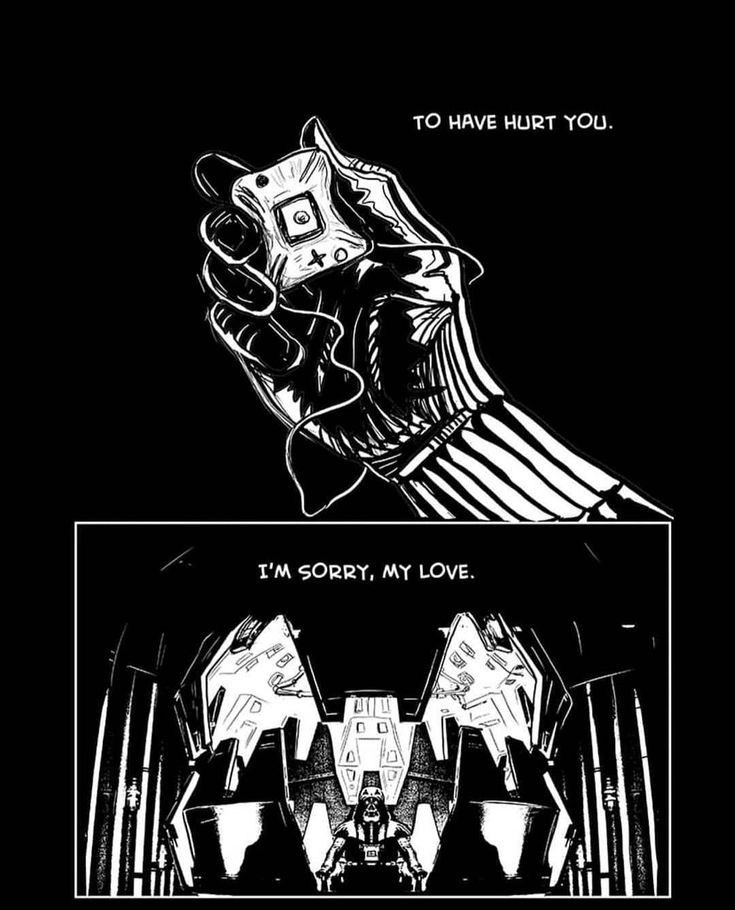 Learn what research has demonstrated that parents can do to keep teen drivers safe from these risks.
Learn what research has demonstrated that parents can do to keep teen drivers safe from these risks.
Parents can help their teens be safer by knowing and following their state’s GDL laws. Check out GDL laws by state on the Insurance Institute for Highway Safety’s website to learn more about your state’s GDL laws. Also, parents can set additional restrictions if the GDL laws in their state do not align with best practice.
Monitoring, Supervision, and Involvement by Parents Can Help Keep Teens Safer on the Road
Parents can play an important role in keeping teens safe on the road. Some studies indicate that parental monitoring and involvement can help reduce risky driving behaviors and increase safe driving behaviors among teen drivers.36,43,54,55
Research indicates that there are some potential technology solutions that can help parents monitor their teen driver.36,56–59 For example, several different studies have evaluated the effectiveness of in-vehicle electronic monitoring devices. 36,56–59 These devices were beneficial for reducing unsafe driving behaviors among teens, particularly if they provided feedback about driving performance to both teens and parents and if they encouraged communication between teens and parents. Smartphone-based apps to monitor teen driver behavior may have the potential to be similarly beneficial and more affordable, but more research is needed.36,59,60
36,56–59 These devices were beneficial for reducing unsafe driving behaviors among teens, particularly if they provided feedback about driving performance to both teens and parents and if they encouraged communication between teens and parents. Smartphone-based apps to monitor teen driver behavior may have the potential to be similarly beneficial and more affordable, but more research is needed.36,59,60
Parents can take other important actions beyond monitoring their teen’s driving. For example, they can provide supervised driving practice for their teen under varied conditions. They can also set clear rules and expectations like always wearing a seat belt and not driving with any other teen or young adult passengers. Parents and teens can discuss and agree on safe driving practices by signing a Parent-Teen Driving Agreement.
Choosing a Vehicle with Safety Features is Important
Teens are typically more likely to drive older cars than adults. 61,62 Older cars may lack critical safety features that could help prevent a crash or keep teens safe if a crash occurs. Parents and teens should consider a car’s safety features first and foremost when choosing a first car for a teen driver.
61,62 Older cars may lack critical safety features that could help prevent a crash or keep teens safe if a crash occurs. Parents and teens should consider a car’s safety features first and foremost when choosing a first car for a teen driver.
The Insurance Institute for Highway Safety publishes a list of affordable vehicles that meet important safety criteria for teens. They also recently released a research paper explaining the benefits of newer vehicle technologies, like crash avoidance features and teen driver-specific technologies. These technologies have the potential to dramatically reduce teen crashes, injuries, and deaths.
"Facing Pain, Don't Avoid It": Billionaire Ray Dalio's Life Principles
American billionaire Ray Dalio adheres strictly to universal principles in his life and work, which have gradually crystallized from the patterns of victory and defeat. Forbes Life publishes an excerpt from his book “Principles. Life and Work”, which is published by Mann, Ivanov and Ferber this fall
Life and Work”, which is published by Mann, Ivanov and Ferber this fall
Ray Dalio grew up in an ordinary family with an average income, and now he is included in the list of 100 most influential people on the planet (according to Time) and 100 richest people in the world (according to Forbes). Founded at the age of 26, the investment firm Bridgewater Associates over the next 40 years became the fifth most important private company in the United States (according to Fortune). The secret of its stability and success is that Ray Dalio in his life and work strictly adheres to universal principles, which gradually crystallized from the patterns of victory and defeat. The power of these personal principles is such that they have changed the entire industry (CIO magazine even called Dalio the "Steve Jobs of investing"). You will find all the rules for the life and work of an American billionaire in this book. It is possible that after reading it, your life will no longer be the same. nine0008
It is possible that after reading it, your life will no longer be the same. nine0008
Finished reading here
Realize that you are everything and nothing at the same time, and decide who you want to be . The biggest paradox is that on an individual level, a person is both everything and nothing at the same time. From a personal point of view, a person is everything; with his death, the whole world disappears. Therefore, for most people (and other species), death is the worst thing that can happen to them, and it is extremely important for them to live a better life. nine0005
At the same time, if you look at a person from the point of view of nature, his life has no meaning. The objective reality is that each person is just one of the seven billion individuals of the same species that inhabit the planet today, and that, as a biological species, man is one of 10 million other biological species. Earth is one of a hundred billion planets in our galaxy, which is just one of two trillion galaxies in the universe. The duration of human life on average is 1/3000 of the duration of the existence of mankind, and it, in turn, is 1/20,000 of the time of the existence of the Earth. In other words, man is an incomparably small grain of sand with a very short duration of existence, and whatever he achieves, his influence will be insignificant. At the same time, a person instinctively strives to develop and wants to represent something. And it really can have some influence, and each of these tiny steps adds to the others and contributes to the evolution of the universe. nine0005
Earth is one of a hundred billion planets in our galaxy, which is just one of two trillion galaxies in the universe. The duration of human life on average is 1/3000 of the duration of the existence of mankind, and it, in turn, is 1/20,000 of the time of the existence of the Earth. In other words, man is an incomparably small grain of sand with a very short duration of existence, and whatever he achieves, his influence will be insignificant. At the same time, a person instinctively strives to develop and wants to represent something. And it really can have some influence, and each of these tiny steps adds to the others and contributes to the evolution of the universe. nine0005
The question is what effect a person has and how he develops. Does it have an impact on other people (who, in fact, also mean nothing on the scale of the universe) or, in a broader sense, we will actually never be able to achieve this? Is it really important to influence something or someone, or are we better off forgetting about it and just enjoying life while we have the chance?
Who you become depends on your picture of the world.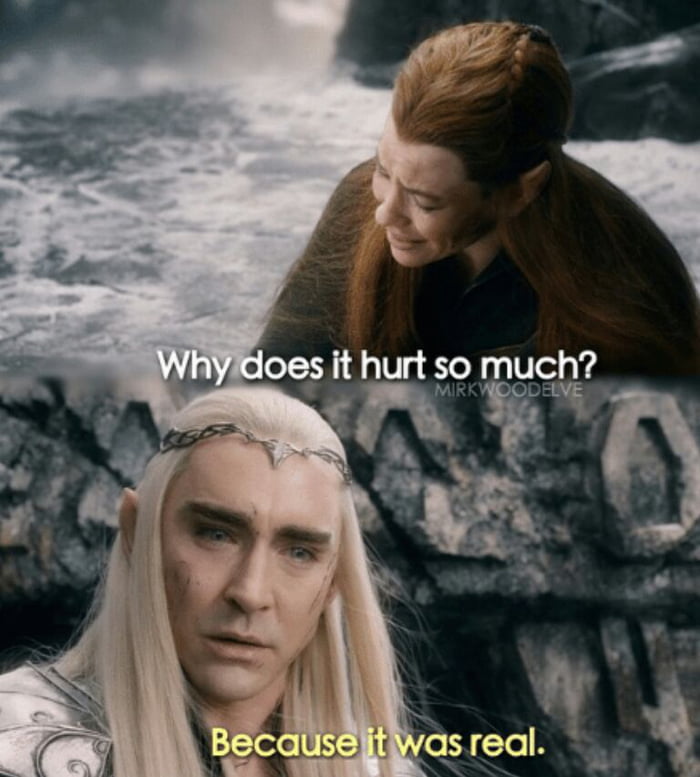 What you achieve in life depends on how you perceive reality and what you are connected with (your family, community, country, humanity, the whole ecosystem, everything in principle). You will have to decide to what extent you will put the interests of others above your own and who will be included in your social circle. You will constantly find yourself in situations where you have to make such a choice. nine0005
What you achieve in life depends on how you perceive reality and what you are connected with (your family, community, country, humanity, the whole ecosystem, everything in principle). You will have to decide to what extent you will put the interests of others above your own and who will be included in your social circle. You will constantly find yourself in situations where you have to make such a choice. nine0005
Such decisions may seem too complicated to you, but you will make them - consciously or not - and they will turn out to be very important. Now I am incredibly interested in accepting reality, looking at myself from the height of the level of nature and feeling like an immeasurably small particle of the whole. My instinctive and rational goal is simply to evolve and contribute to evolution as much as possible due to the fact that I am still here and I am who I am. At the same time, I am motivated by what I love most - my work and my relationships.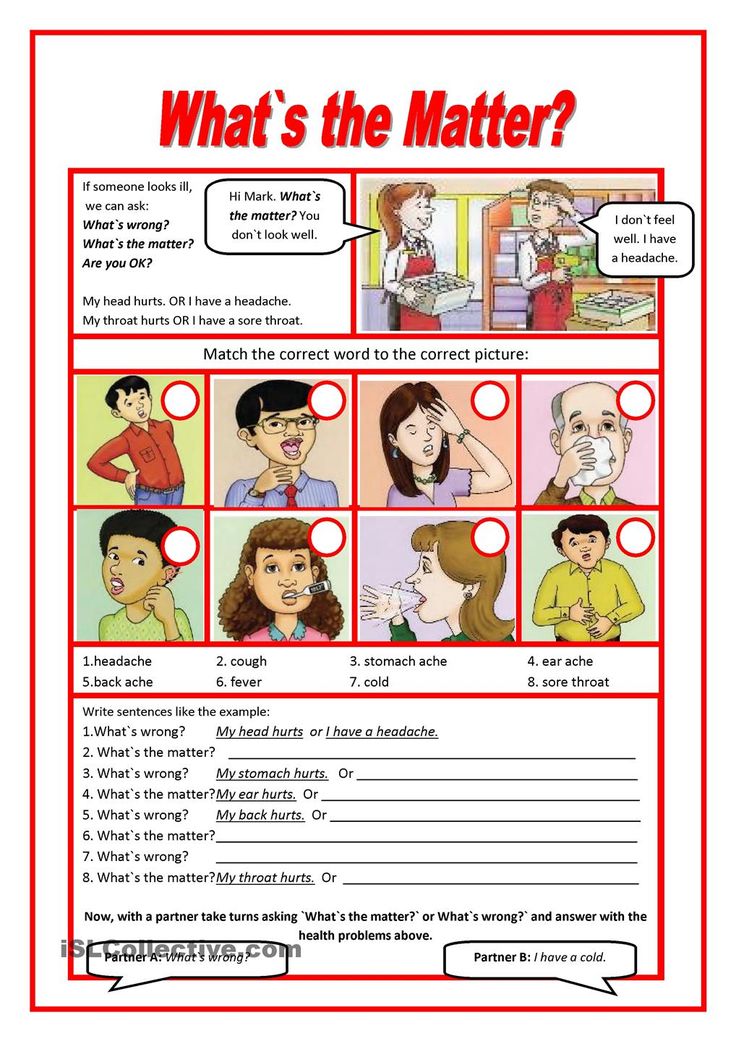 Therefore, it seems to me amazing and beautiful the mechanism of reality and nature, including how I and everything else will fall apart and form a new whole, although it is difficult for me emotionally to accept that I will have to part with everything that is dear to me. nine0005
Therefore, it seems to me amazing and beautiful the mechanism of reality and nature, including how I and everything else will fall apart and form a new whole, although it is difficult for me emotionally to accept that I will have to part with everything that is dear to me. nine0005
Learn the lessons of nature
Understanding the laws of nature and evolution helped me in several ways. Most importantly, it gave me the ability to interact more effectively with reality and make difficult choices. I began to view reality through the prism of its mechanism, instead of arguing that everything should be different. And I realized that almost everything that at first glance seemed bad to me - for example, rainy days, weakness and even death - I perceived in this way from the standpoint of my existing expectations and what I personally wanted. Over time, I came to the conclusion that my initial reaction is due to the fact that I consider it out of context, which is that reality optimizes everything for the general whole, and not for me personally.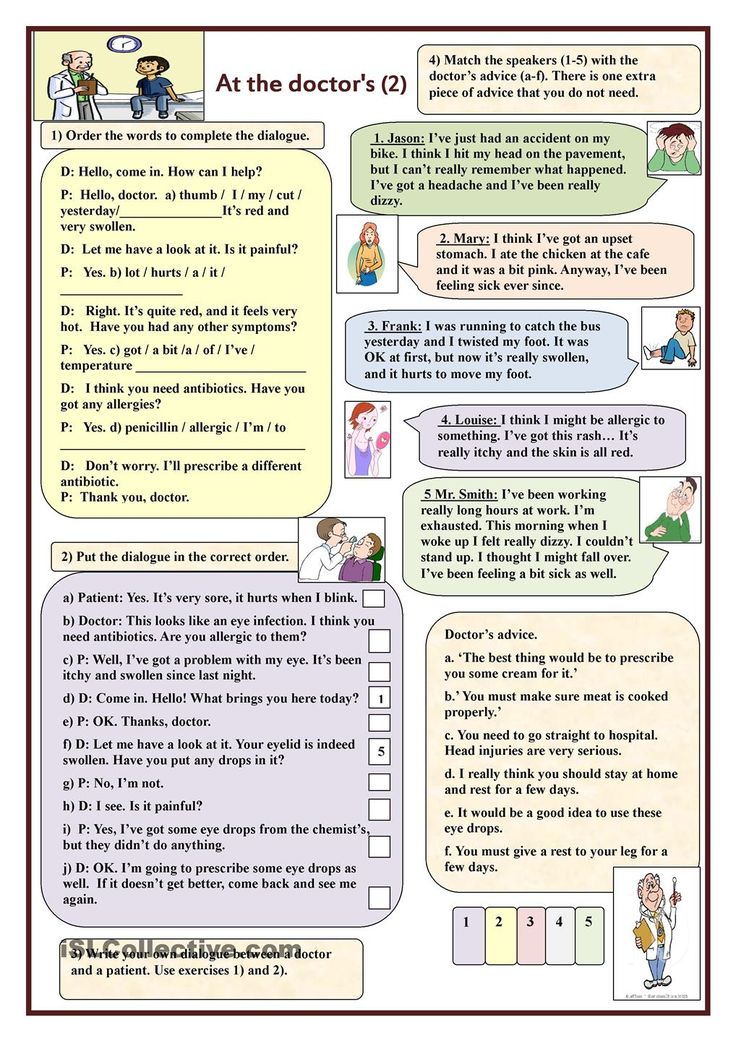 nine0005
nine0005
Strive for maximum development. Earlier I mentioned that structures located in the neocortex are responsible for the unique abilities of logical and abstract thinking, as well as the ability to think from a position of a higher level. These parts of the brain are more developed in man than in other animals, and allow him to analyze himself and control his development. Because humans have the ability to consciously learn from memory, they can evolve faster and more profoundly than other species, changing not only over generations but over their own lives. This continuous drive to learn and improve leads us to unconsciously enjoy getting good results, and getting them quickly is doubly exhilarating. Although most people believe that they are after something material (toys, a big house, money, status) that will make them happy, for many, it is much more and lasting satisfaction that comes from knowing that they have succeeded in something. Once a person gets the thing he wanted, he is rarely satisfied for long. Things are just bait. The desire to get something makes a person develop, and it is development, and by no means a reward as such, that is important for the person himself and those around him. This means that for most people, success is about struggling and developing as effectively as possible, that is, quickly learning to understand yourself and the environment, and then changing to improve. It is quite natural that this should be so, if we take into account the law of diminishing returns*. Think about what it means to have a fortune. People who make so much money that they don't (or barely make) the marginal profit on that money will face negative consequences, just like any other excess, like overeating. Intellectually healthy people begin to strive for something different or try to discover new dimensions in familiar things - this process makes them stronger. As Freud said: "Love and work are the basis of human nature.
Once a person gets the thing he wanted, he is rarely satisfied for long. Things are just bait. The desire to get something makes a person develop, and it is development, and by no means a reward as such, that is important for the person himself and those around him. This means that for most people, success is about struggling and developing as effectively as possible, that is, quickly learning to understand yourself and the environment, and then changing to improve. It is quite natural that this should be so, if we take into account the law of diminishing returns*. Think about what it means to have a fortune. People who make so much money that they don't (or barely make) the marginal profit on that money will face negative consequences, just like any other excess, like overeating. Intellectually healthy people begin to strive for something different or try to discover new dimensions in familiar things - this process makes them stronger. As Freud said: "Love and work are the basis of human nature.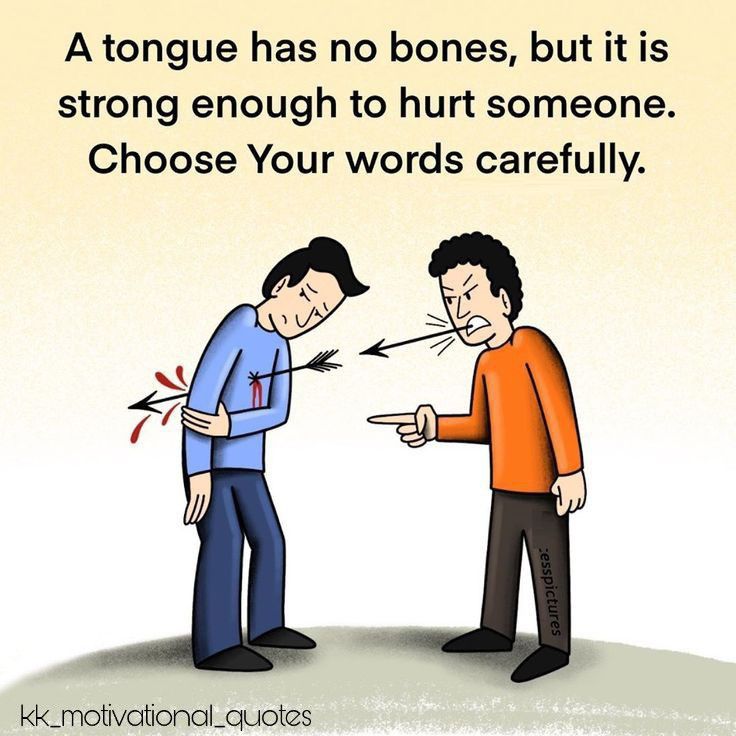 " nine0005
" nine0005
Work is not always what a person does for a living, although I think it's better when it is. It can be any long-term activity that requires intellectual and other efforts, which contributes to personal improvement. As you probably already guessed, I am convinced that the need to have a meaningful occupation is connected with the internal desire of a person to improve. And relationships are natural connections with others that make us meaningful to each other and to society as a whole. nine0005
Remember: there is no result without pain. The realization that inwardly a person strives for development - and that material goods, although pleasant, will not make him happy - helped me determine the goals of my development and its stimulation. Nobody likes to feel uncomfortable. At the same time, everything that nature does makes sense. So pain is given to a person for some purpose. For what? It attracts attention and directs a person.
For what? It attracts attention and directs a person.
Fundamental law of nature: to become stronger, you need to go beyond the usual boundaries, and this can hurt. nine0004 As Carl Jung said: “Man needs difficulties. They are essential for health." However, most people instinctively avoid pain. This is true when it comes to the body (for example, playing sports for physical beauty), about the mind (for example, disorders, mental struggles, mental disorders, feelings of shame), and is especially true when people face the harsh reality of their own imperfection.
Pain + analysis = progress.
It is impossible to avoid pain, especially if you strive for high goals. Believe it or not, you are in luck. If you treat the situation correctly, you will understand this, as well as the fact that this is a signal that you need to find a solution in order to move on.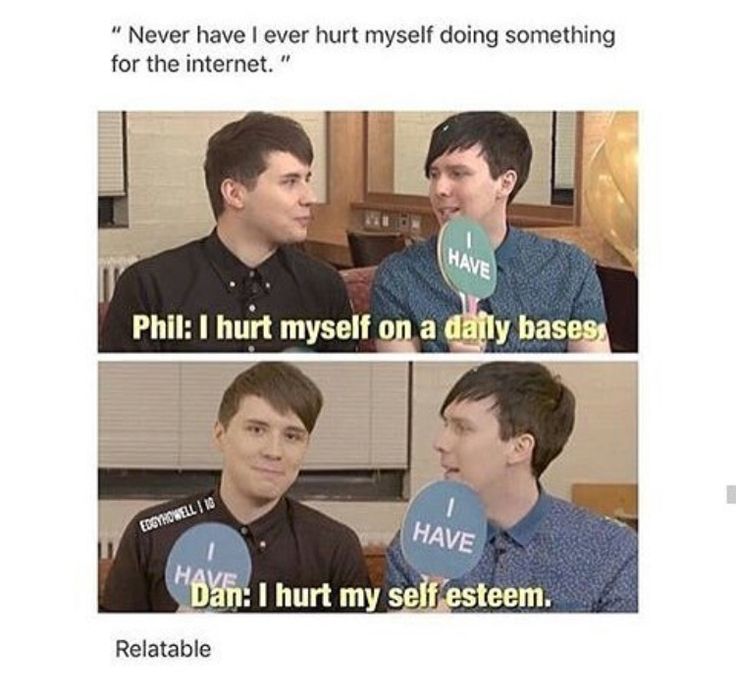 If you can form the habit of analyzing the causes of pain instead of avoiding it, you will be able to develop much faster. I think when you see how much more effective it is to face the painful reality created by your problems, mistakes and weaknesses, you will no longer want to act differently. It's all about habit. nine0005
If you can form the habit of analyzing the causes of pain instead of avoiding it, you will be able to develop much faster. I think when you see how much more effective it is to face the painful reality created by your problems, mistakes and weaknesses, you will no longer want to act differently. It's all about habit. nine0005
Most people are unable to analyze in a critical situation, and when the crisis is over, they turn to other things and eventually miss the chance to analyze what happened, which would help them learn valuable lessons. If you can do it at peak times (which is probably too much of a requirement), great. It is equally valuable if you are able to analyze after the fact, based on memories. (I created the Pain Button app specifically for this purpose, which I'll cover in the appendix at the end of the book.)0005
Trials will test your strength and make you stronger. If you haven’t experienced failure, then you haven’t left your comfort zone, if you haven’t reached the limit, then you are not trying to reach your full potential. Of course, this process of reaching the limit, sometimes failing and sometimes succeeding and benefiting from both, is not for everyone. But if you're the type who likes that, you might even get hooked on it. Life will inevitably put you in such situations, and it is up to you to decide whether you want to go further. nine0005
If you haven’t experienced failure, then you haven’t left your comfort zone, if you haven’t reached the limit, then you are not trying to reach your full potential. Of course, this process of reaching the limit, sometimes failing and sometimes succeeding and benefiting from both, is not for everyone. But if you're the type who likes that, you might even get hooked on it. Life will inevitably put you in such situations, and it is up to you to decide whether you want to go further. nine0005
If you choose this often painful process of personal evolution, you will naturally rise to ever higher levels. As you move upwards, you will begin to notice that when you are too immersed in a situation, everything seems more serious than it really is, and that most events fall into one category or another of events that repeat the past. The higher you climb, the more effectively you interact with reality, achieving results in order to achieve your goals.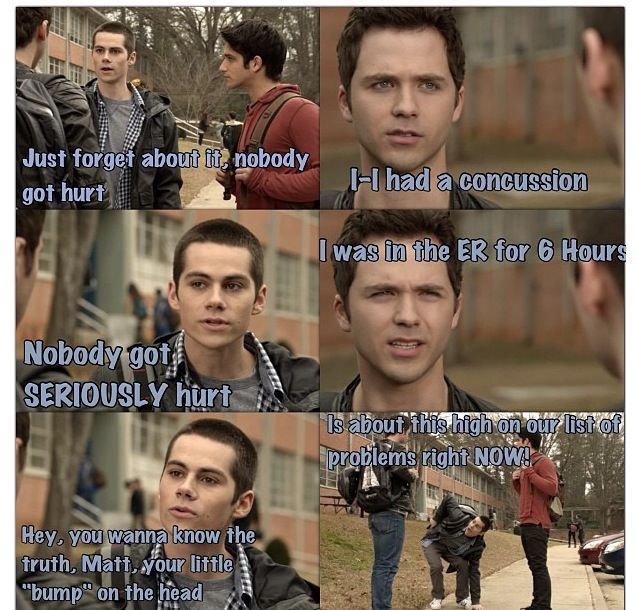 What once seemed incredibly complex becomes simple. nine0005
What once seemed incredibly complex becomes simple. nine0005
Go towards the pain, don't avoid it. If you do not try to make life easier for yourself, but get used to constantly acting, experiencing a certain pain, your development will go faster. Accept it.
Whenever you are faced with a painful situation, you are at a potentially important crossroads in life: you have the option of choosing a healthy and painful truth or an unhealthy but comfortable illusion. The irony is that if you choose a healthy path, pretty soon the pain will turn into pleasure. Pain is a signal! It's like starting to exercise - the habit of accepting pain and learning from it will help you "cross over to the other side." nine0005
By this metaphor I mean that you will develop the habit of:
- identifying your weaknesses, accepting them and working with them;
- prefer others to be honest with you rather than hide negative thoughts about you;
- be yourself, don't pretend to be strong if that's your weak spot.
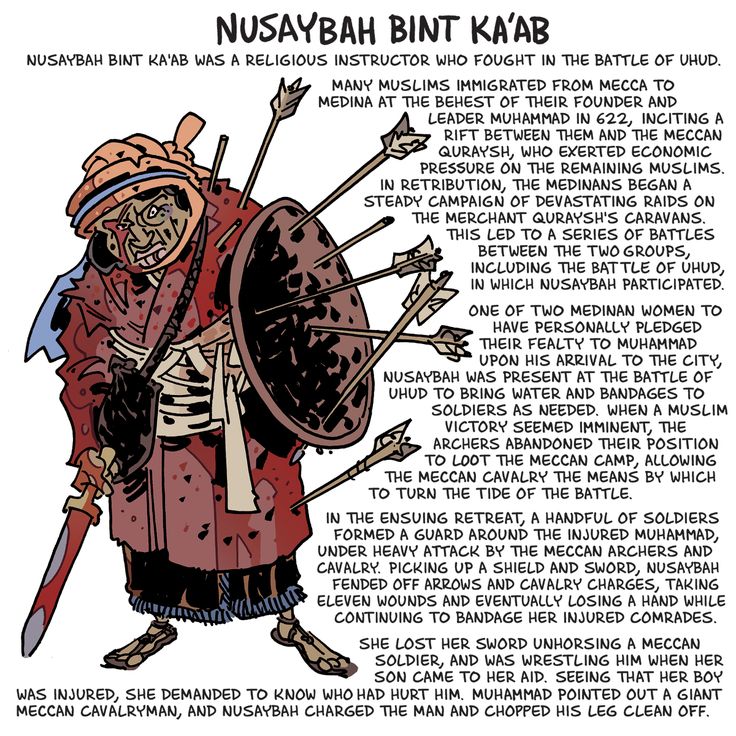
Embrace well-meaning toughness. I want to give people, especially those I care about, the power to deal with reality in order to get what they want. Following this goal, I often deny them what they want - then they have a chance to fight for it. Emotionally it can be very difficult, even when people understand that difficulties build character, and if I give them everything they want, it will only weaken them and make them even more dependent on other people's help in the future. nine0005
Of course, most people would rather not have weaknesses. Traditional upbringing and life experience teach us to hide vulnerabilities. But people are happiest when they can be themselves. If a person is able to accept his weaknesses, he becomes freer and more effective in coping with them. I urge you not to dwell on your shortcomings—who doesn't have them? If you are open, you can change your negative old habits and gain real strength and reasonable optimism.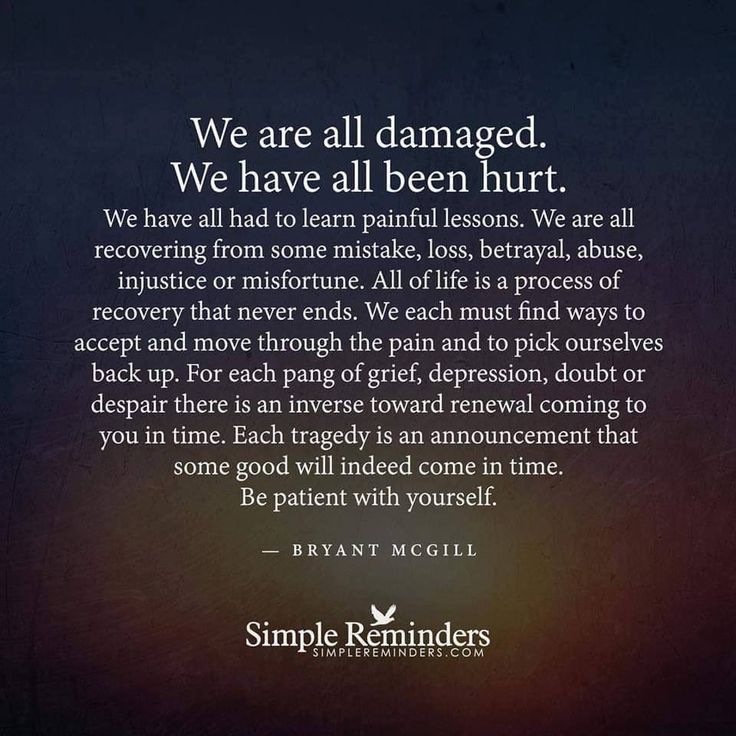 nine0005
nine0005
This evolutionary process of productive adaptation and ascent - the process of seeking, acquiring and striving to achieve higher and higher goals - is not only about progress in the development of individuals and society as a whole. It is equally suited to dealing with failures, which are unfortunately inevitable. At some point in your life, you will experience a real shock. It can be related to work, family, the loss of a loved one, an accident or illness, or the realization that the life you dreamed of is out of your reach. It can be anything. At this point, you may be in so much pain that it seems that you no longer have the strength to fight and keep going. Believe you have the power. In the end, your success will depend on how much you understand this, even if during the crisis you do not think so. nine0005
It is because of this that many of those who experienced a massive failure end up being just as (maybe more) happy after successfully adapting to new circumstances.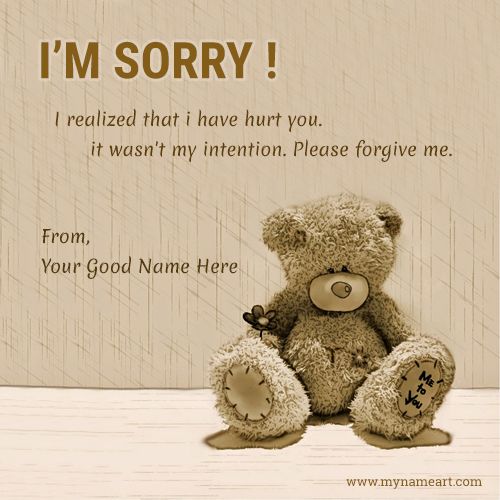 The quality of your life will depend on the choices you make in those painful moments. The sooner a person adapts adequately, the better. Whatever your goals in life, your success and happiness depend on your ability to adapt and develop quickly and effectively as a person. If you succeed in this, you will be able to change your psychological reaction so that what used to cause you pain will now be desirable. nine0005
The quality of your life will depend on the choices you make in those painful moments. The sooner a person adapts adequately, the better. Whatever your goals in life, your success and happiness depend on your ability to adapt and develop quickly and effectively as a person. If you succeed in this, you will be able to change your psychological reaction so that what used to cause you pain will now be desirable. nine0005
Self-harm: what it is, causes, diagnosis, treatment
What is self-harm, why do people knowingly hurt themselves, when self-damaging behavior can be masked as normal and how to get rid of self-harm, says psychologist Alena Vanchenko
Self-harm — it is aggression directed at oneself, which manifests itself in various forms of self-harm. This behavior is also referred to as self-aggression. Most often, selfharm is associated with cuts, bumps or burns. However, self-harm is not limited to them. Neuropsychologist, psychotherapist and lecturer of the Synchronization project Alyona Vanchenko explains what underlies self-harmful behavior, how it manifests itself, what it refers to self-harm, what types of it can even be considered culturally acceptable and how to help a person who harms himself. nine0008
However, self-harm is not limited to them. Neuropsychologist, psychotherapist and lecturer of the Synchronization project Alyona Vanchenko explains what underlies self-harmful behavior, how it manifests itself, what it refers to self-harm, what types of it can even be considered culturally acceptable and how to help a person who harms himself. nine0008
Finished reading here
When it comes to self-harm, there are two major problems that practitioners face. The first is the lack of high-quality statistics in Russia. In our country, few people talk about self-harm, unlike, for example, the USA, Canada and European countries. According to official data from these countries, almost 27% of teenagers and 5% of adults have or have experienced some form of self-harm (cuts, burns, bumps, hair pulling, extreme hot showers, preventing scars from healing, substance use, etc.). nine0005
The second is the absence in the International Classification of Diseases (ICD) of a single article describing self-harm. More often, such behavior is mentioned as one of the accompanying symptoms of the disease - personality disorders, addictions, or, for example, eating behavior. Because of this, in people's minds, self-harm is very strongly associated with serious mental disorders. However, episodes of self-harm occur both in people with disorders and in mentally healthy people.
More often, such behavior is mentioned as one of the accompanying symptoms of the disease - personality disorders, addictions, or, for example, eating behavior. Because of this, in people's minds, self-harm is very strongly associated with serious mental disorders. However, episodes of self-harm occur both in people with disorders and in mentally healthy people.
Related material nine0005
Types of self-harm
There are three types of auto-aggressive behavior: suicidal, non-suicidal, and “accidental” self-harm.
Suicidal self-harm is not just a desire to harm oneself, but a desire to end everything that is happening here and now. It most often manifests itself in people in adolescence or in a midlife crisis, for example, in depressive states. The non-suicidal form of self-harm is often expressed in the desire to hurt oneself, inflicting cuts and wounds on oneself. Sometimes it is confused with suicidal manifestations, believing that if a person cuts his hands, he wants to commit suicide. But the essence of non-suicidal self-harm, on the contrary, lies precisely in causing pain to oneself, and not in the desire to stop it, as well as in control over one's own body. nine0005
The non-suicidal form of self-harm is often expressed in the desire to hurt oneself, inflicting cuts and wounds on oneself. Sometimes it is confused with suicidal manifestations, believing that if a person cuts his hands, he wants to commit suicide. But the essence of non-suicidal self-harm, on the contrary, lies precisely in causing pain to oneself, and not in the desire to stop it, as well as in control over one's own body. nine0005
Also, non-suicidal self-harm can be accompanied (or hidden behind) the use of certain substances - from alcohol, drugs and nicotine to dietary supplements. The latter, for example, is characteristic of orthorexia, a form of eating disorder when a person is obsessed with the idea of a healthy lifestyle and severe food restrictions. Or, for example, when people "swing" their muscles in the gym to abnormal states - this is also a form of auto-aggression.
Subconscious self-harm
The last type - "accidental" self-harm - can occur in situations where a person does not understand what he is doing, but his inner drive to inflict physical harm on himself manifests itself unconsciously.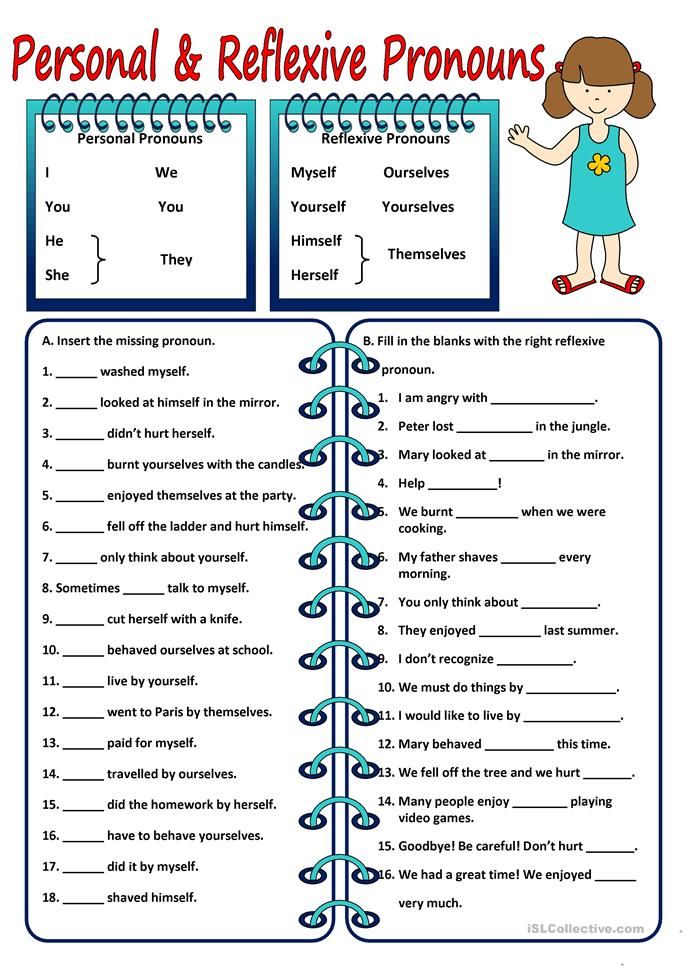 That is, this is not a "crime by negligence" when a person accidentally cuts himself or somehow harms himself. This is a subconscious desire to hurt yourself - for example, due to psychological trauma.
That is, this is not a "crime by negligence" when a person accidentally cuts himself or somehow harms himself. This is a subconscious desire to hurt yourself - for example, due to psychological trauma.
Such "accidental" self-harm can also include a generally culturally acceptable phenomenon, such as losing weight or gaining weight. For example, if a woman has experienced physical or emotional abuse, she may unconsciously change her eating behavior and begin to gain weight, associating the trauma with her appearance and believing that in this way she will lose her attractive shape and this will never happen to her again. nine0005
It is important to understand that even if the self-aggression itself is not suicidal, the consequences of self-harm can be the most serious - self-destructive behavior often serves as the first wake-up call, signaling problems with mental health.
Related material
Causes and triggers of self-harm
So why do people cut themselves, injure themselves, lose weight extremely and otherwise torture their bodies? All self-harm methods are an attempt to maintain control. When a person loses control over life in its various manifestations, feels lonely and does not feel stable, the only thing left that he thinks can be controlled is his body. Auto-aggression as a psychological defense allows you to relieve stress, shift the focus from the lack of control over the life situation: “This is my choice - to take an extra load in the gym. It's my choice not to eat all day. It's my choice to hurt myself." nine0005
People who suffer from eating disorders, such as anorexia or bulimia, very often respond to the fears of loved ones that they have everything under control.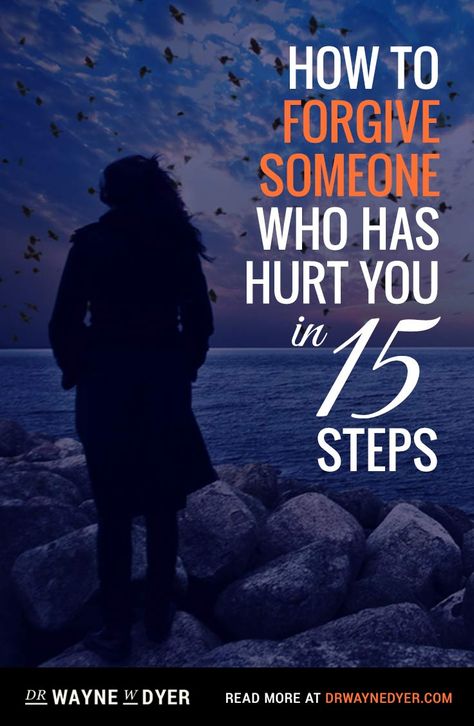 And in this case, self-harm can be a manifestation of obsessive-compulsive disorder. Autoaggression, in principle, often manifests itself not only with OCD, but also with other diseases - depressive disorders, borderline personality disorder, bipolar personality disorder.
And in this case, self-harm can be a manifestation of obsessive-compulsive disorder. Autoaggression, in principle, often manifests itself not only with OCD, but also with other diseases - depressive disorders, borderline personality disorder, bipolar personality disorder.
Self-harm and personal crisis
Healthy people can also begin to harm themselves against the background of depressive conditions or life crises. It is impossible to say for sure that one person is prone to self-harm and the other is not. But we do know that some triggers trigger self-harm—anxious emotions, feelings of isolation, relationship difficulties, social pressure, and difficulties at school or work.
The risk of self-harm increases during periods of life when suicidal tendencies are on the rise, such as during adolescence. This is a time of sharpening character traits, a time of behavioral disorders - and therefore among people who engage in self-harm, we often see teenagers. nine0005
This is a time of sharpening character traits, a time of behavioral disorders - and therefore among people who engage in self-harm, we often see teenagers. nine0005
But this does not mean that self-damaging behavior cannot begin in adulthood - people who are experiencing age-related and existential crises are also at risk. For example, when a person loses his life's work or earnings, experiences a difficult divorce or the death of a loved one, he experiences a terrible internal, existential crisis. The experience of grief is very often associated with self-harm - it seems that you are just a pawn in the huge chaos of life, and you need to deal with it somehow. This is how stories appear when a person who has lost his business begins to live in a gym, take anabolics and steroids and frankly harm his body. But no one sounds the alarm, because a person is engaged in sports, what is wrong here. nine0005 In group therapy, the patient sees that he is not alone (Photo by Getty Images)
Ways of treatment
Everything here is very individual and depends on what led the patient to self-harm. Researchers at the Melbourne Institute identify several strategies for helping people with self-injurious behavior: through wanting to help oneself, distraction, feeling connected to others, creating a support group, making changes in areas of life, and replacing self-harm with healthy control mechanisms. nine0005
Researchers at the Melbourne Institute identify several strategies for helping people with self-injurious behavior: through wanting to help oneself, distraction, feeling connected to others, creating a support group, making changes in areas of life, and replacing self-harm with healthy control mechanisms. nine0005
To cope with self-harm, it is best to consult a specialist - a psychotherapist or psychiatrist. Self-harm is the deviation in which a person needs a person: they need the ability to control their relationships with other people and with themselves. Therefore, one of the best practices that help people with auto-aggressive manifestations is group therapy and group anonymous meetings. In group therapy, the patient sees that he is not alone, that other people experience the same thing, share it freely and overcome self-harm. nine0005
Related material
If your relative or friend suffers from self-harm, it is first of all important to understand that, as in addiction stories, he must want to get help himself.